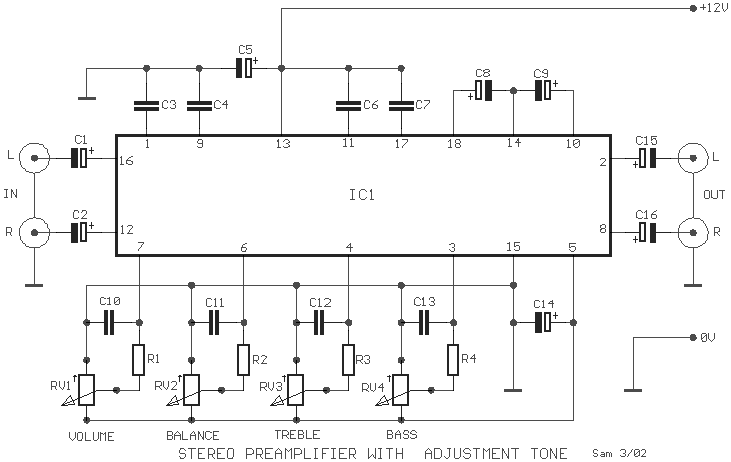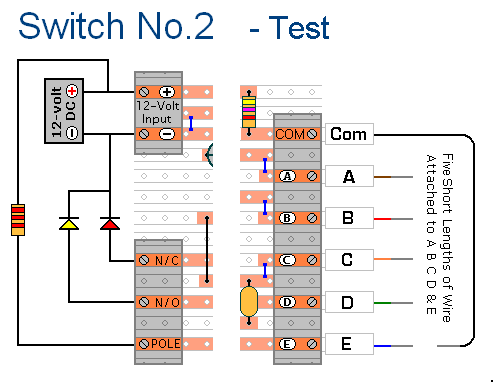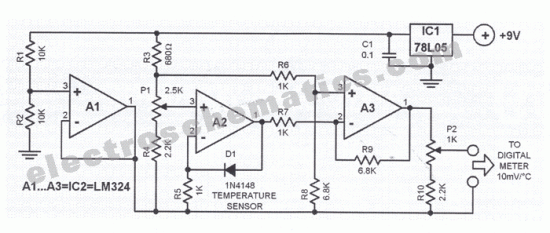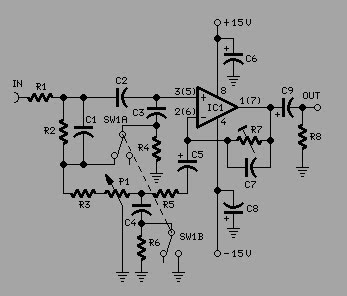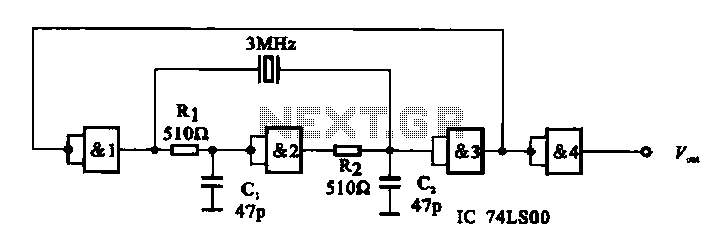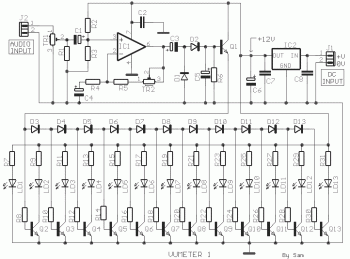
Perfboard Hackduino Arduino-compatible circuit
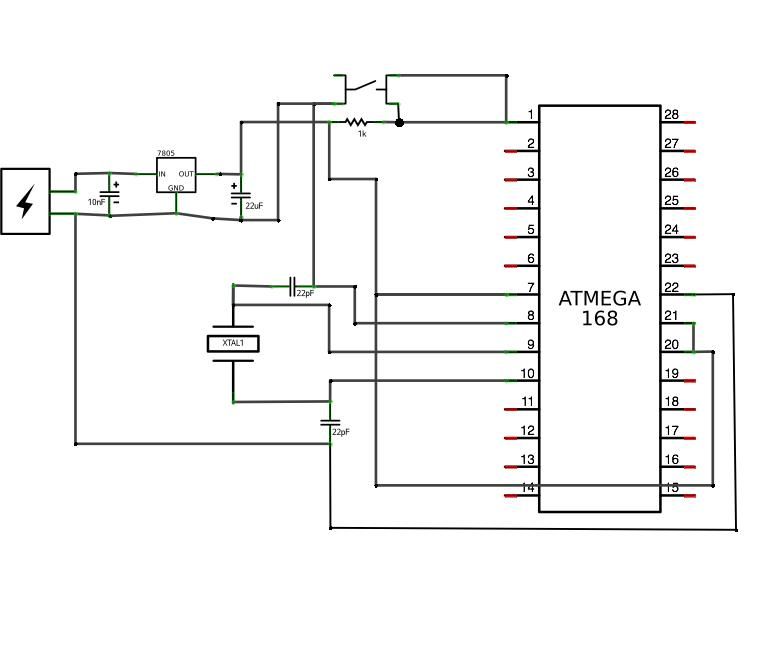
ATMega168 or ATMega328 microcontroller chip with Arduino bootloader (the one on your Arduino can be used temporarily) costs between $4.00 and $5.50. It is advisable to purchase an unbootloaded chip from Mouser for a lower price or a bootloaded version from SparkFun at a higher cost. A Mouser project has been created that includes all necessary components except for the perfboard, which is not available at a reasonable price from Mouser. This project will utilize a blank ATMega328, which requires bootloading. Ordering in multiples can reduce costs. The first step is to determine the components to be included in the circuit. For this tutorial, aside from the essential components for the ATMega, a voltage regulator will be built, necessitating space at the top of the board for this component. Additionally, it is recommended to leave space at the bottom for a capacitor. If the circuit will include more than just the ATMega, planning the layout on the board is essential, including the proper installation of the IC socket. Most integrated circuits (ICs) and their corresponding sockets feature a notch on one end, which is crucial to align correctly during assembly and when inserting the chip. The LM7805 voltage regulator circuit follows; it enables the circuit to be powered by a 9V battery or a 12V DC power supply, outputting 5V, which is suitable for the chip. With the notch facing the user, a 10nF capacitor should be soldered between the right two pins of the 7805. From left to right, the pins are designated as input voltage, ground, and output voltage (5V).
The ATMega microcontroller serves as the central processing unit for various electronic projects, particularly in embedded systems. When working with the ATMega168 or ATMega328, the integration of an Arduino bootloader simplifies programming and facilitates the use of the Arduino IDE for development. The choice between bootloaded and unbootloaded chips can significantly impact the initial setup cost and flexibility in programming.
The voltage regulator component in this circuit, the LM7805, is a linear voltage regulator that provides a stable 5V output necessary for the operation of the ATMega microcontroller. The regulator's input can accept a voltage range of 7V to 35V, making it versatile for different power sources. The 10nF capacitor connected to the output helps filter high-frequency noise, ensuring a clean power supply to the microcontroller.
When designing the circuit layout, it is critical to allocate sufficient space for the components, particularly the voltage regulator and any additional capacitors or filters that may be required. Proper orientation of the IC socket is vital; the notch must align with the designated pin one on the board to prevent damage to the microcontroller during installation.
In summary, this project outlines the foundational steps to create a functional circuit using the ATMega microcontroller, emphasizing careful planning of the layout and component selection to ensure a reliable and efficient electronic assembly.ATMega168 or 328microcontroller chip w/Arduino bootloader (you can use the one on your Arduino for now!) $4. 00-$5. 50 - buy unbootloaded mouser (cheaper) / buy bootloaded sparkfun (expensive) I have created a Mouser project that includes everything you will need, except for the perfboard itself(Mouser doesn`t carry a good one at a good price).
Al so, this is the blank ATMega328- so you will need to bootload the chip yourself. Also keep in mind that ordering in multiples makes everything cheaper! Here is the Mouser project. First step is to figure out what exactly what you are putting into this circuit. For this tutorial all we will build, other than the ATMega necessities, is a voltage regulator, so I am leaving space at the top of the board for this. I also recommend leaving some space towards the bottom for a capacitor. However, if you know this will include much more than just the ATMega circuit, you should plan this out on your board now, and install the IC socket appropriately.
Most IC`s (Integrated Circuits), and consequently their corresponding sockets, have a notch on one end. In this photo, you`ll see the notch is towards the top of the board. This is extremely important to pay attention to both while building the circuit and when inserting the chip during the last step.
LM7805 circuit goes next. The 7805 allows you to power the circuit with a 9v battery or even 12v DC power supply, and ouputs 5v which is what our chip wants. With the chair facing you, solder the 10nF capacitor connecting the right two legs of the 7805. In this position, from left to right, the pins areinput voltage-ground-output voltage(5v). 🔗 External reference
The ATMega microcontroller serves as the central processing unit for various electronic projects, particularly in embedded systems. When working with the ATMega168 or ATMega328, the integration of an Arduino bootloader simplifies programming and facilitates the use of the Arduino IDE for development. The choice between bootloaded and unbootloaded chips can significantly impact the initial setup cost and flexibility in programming.
The voltage regulator component in this circuit, the LM7805, is a linear voltage regulator that provides a stable 5V output necessary for the operation of the ATMega microcontroller. The regulator's input can accept a voltage range of 7V to 35V, making it versatile for different power sources. The 10nF capacitor connected to the output helps filter high-frequency noise, ensuring a clean power supply to the microcontroller.
When designing the circuit layout, it is critical to allocate sufficient space for the components, particularly the voltage regulator and any additional capacitors or filters that may be required. Proper orientation of the IC socket is vital; the notch must align with the designated pin one on the board to prevent damage to the microcontroller during installation.
In summary, this project outlines the foundational steps to create a functional circuit using the ATMega microcontroller, emphasizing careful planning of the layout and component selection to ensure a reliable and efficient electronic assembly.ATMega168 or 328microcontroller chip w/Arduino bootloader (you can use the one on your Arduino for now!) $4. 00-$5. 50 - buy unbootloaded mouser (cheaper) / buy bootloaded sparkfun (expensive) I have created a Mouser project that includes everything you will need, except for the perfboard itself(Mouser doesn`t carry a good one at a good price).
Al so, this is the blank ATMega328- so you will need to bootload the chip yourself. Also keep in mind that ordering in multiples makes everything cheaper! Here is the Mouser project. First step is to figure out what exactly what you are putting into this circuit. For this tutorial all we will build, other than the ATMega necessities, is a voltage regulator, so I am leaving space at the top of the board for this. I also recommend leaving some space towards the bottom for a capacitor. However, if you know this will include much more than just the ATMega circuit, you should plan this out on your board now, and install the IC socket appropriately.
Most IC`s (Integrated Circuits), and consequently their corresponding sockets, have a notch on one end. In this photo, you`ll see the notch is towards the top of the board. This is extremely important to pay attention to both while building the circuit and when inserting the chip during the last step.
LM7805 circuit goes next. The 7805 allows you to power the circuit with a 9v battery or even 12v DC power supply, and ouputs 5v which is what our chip wants. With the chair facing you, solder the 10nF capacitor connecting the right two legs of the 7805. In this position, from left to right, the pins areinput voltage-ground-output voltage(5v). 🔗 External reference
Warning: include(partials/cookie-banner.php): Failed to open stream: Permission denied in /var/www/html/nextgr/view-circuit.php on line 713
Warning: include(): Failed opening 'partials/cookie-banner.php' for inclusion (include_path='.:/usr/share/php') in /var/www/html/nextgr/view-circuit.php on line 713
